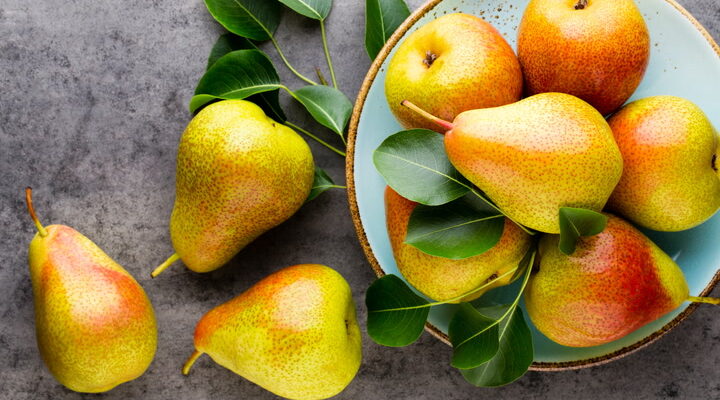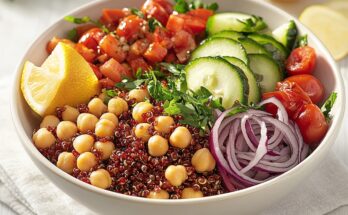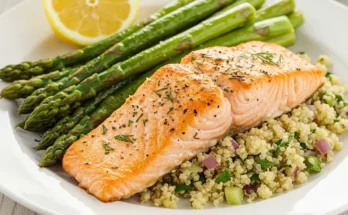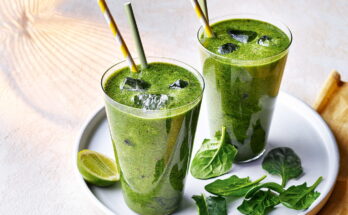If you’re living with insulin resistance or concerned about developing type 2 diabetes, you may think fruit is off-limits due to its natural sugar content. But here’s some good news from experts: fruit is not the enemy—and in fact, some fruits can help improve insulin sensitivity.
With more than 37 million Americans living with diabetes, and insulin resistance being a major precursor to type 2 diabetes, managing blood sugar is more important than ever. But it doesn’t mean cutting out carbs entirely. Instead, choosing high-fiber, antioxidant-rich fruits can be a powerful way to support your metabolic health.
What Is Insulin Resistance?
Insulin resistance happens when the body’s cells stop responding effectively to insulin, the hormone that helps move glucose (sugar) from the bloodstream into cells. To compensate, the pancreas produces more insulin. Over time, this can lead to elevated blood sugar and eventually type 2 diabetes, increasing the risk for heart disease, vision loss, and other complications.
Common in people with overweight, obesity, or PCOS, insulin resistance can often be managed—or even reversed—with the right lifestyle changes, including smart nutrition choices.
:max_bytes(150000):strip_icc():format(webp)/The-1-Fruit-to-Eat-When-You-Have-Insulin-Resistance-According-to-a-Dietitian-2000-b066de61b74147d99fbabbd2c247f357.jpg)
What to Look for in a Fruit
To help manage insulin resistance, the ideal fruit should be:
-
High in fiber: Fiber slows digestion and helps prevent blood sugar spikes.
-
Rich in antioxidants: These reduce inflammation and protect against oxidative stress—both linked to insulin resistance.
The #1 Fruit for Insulin Resistance: Pears
Pears are the top pick for managing insulin resistance. One medium pear contains:
-
27g of carbohydrates
-
5.5g of fiber (20% of your daily needs)
-
A healthy dose of vitamin C and polyphenols (antioxidants)
A 2017 meta-analysis published in Food & Function found that eating pears and apples reduced the risk of type 2 diabetes by 18%. Even just one serving per week was linked to a 3% lower risk.
Additional research in BMC Complementary Medicine & Therapies shows pears may help slow carbohydrate absorption and reduce post-meal blood sugar spikes by acting as natural inhibitors of enzymes involved in starch digestion.
Other Great Fruits for Insulin Resistance
While pears top the list, these fruits also show strong support for insulin sensitivity and metabolic health:
Apples
Just like pears, apples are high in fiber and polyphenols. That same 2017 study found apples also significantly lower the risk of developing type 2 diabetes.
Berries
Blueberries, raspberries, and strawberries are packed with antioxidants and fiber. A 2020 study in Food & Function found berries improved glycemic control and cardiovascular markers in people at risk for diabetes.
Citrus Fruits
Oranges, grapefruits, and lemons are rich in vitamin C and anti-inflammatory compounds. A 2021 review found long-term citrus consumption improved insulin levels and reduced insulin resistance, possibly due to their impact on gut microbiota and inflammation.
The Bottom Line
If you’re dealing with insulin resistance, you don’t need to avoid fruit—in fact, you should include it. Fruits like pears, apples, berries, and citrus offer essential nutrients, fiber, and antioxidants that can help balance blood sugar and improve insulin sensitivity.
Rather than fearing natural sugars, focus on the quality of the carbohydrates you’re eating. Whole fruits in moderation—especially those rich in fiber and low on the glycemic index—can be an important part of a healthy, insulin-conscious diet.



